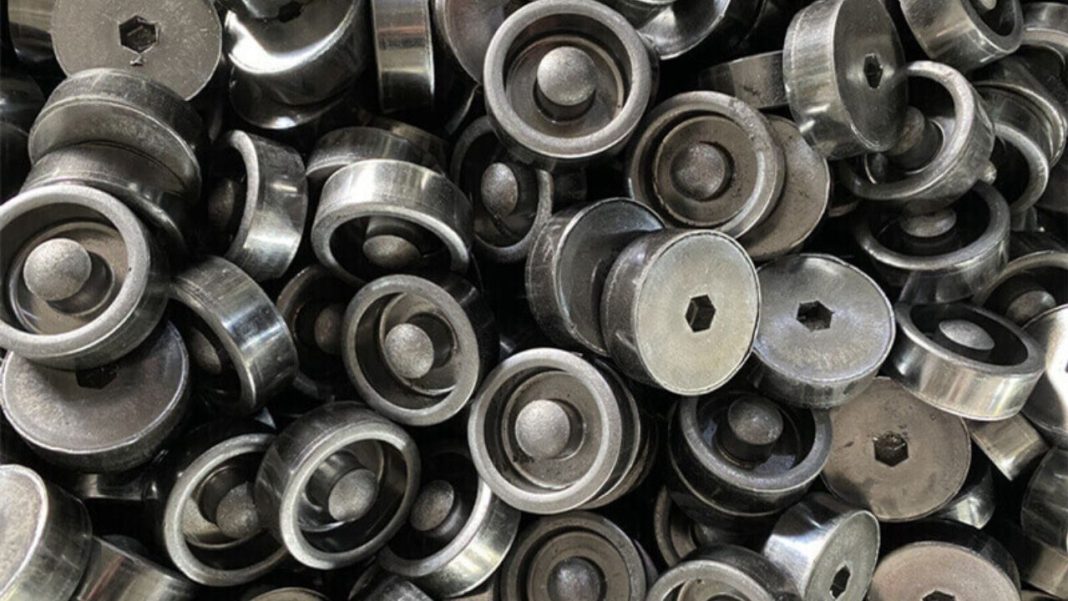Carbide mulcher teeth are used to cut attachments for forestry, landscaping, and agricultural devices, including mulching machines. These teeth are effective for grinding, shredding, and slicing through trees, bushes, and other vegetation. Knowing how these teeth work for those who use mulchers to operate the land and clear territories is crucial. In the light of https://www.carbidemulcherteeth.com/, this article explores the technology behind Carbide Mulcher Teeth.
What does “Carbide Mulcher Teeth” mean?
Carbide mulcher teeth comprise high-quality steel coated with carbide, which is robust and wear-resistant. The teeth are comprised of steel and carbide, so they can withstand harsh conditions while remaining sharper than normal steel blades over time.
The Role of Carbide
The main advantage of carbide is that it is extremely robust and does not wear out quickly. When mulchers are utilized in harsh circumstances, they must cut items like wood, pebbles, and garbage. While ordinary steel blades blunt rather fast, carbide remains sharp for a relatively longer time. This cuts down the time that is spent on replacing or sharpening the teeth, therefore, cutting costs.
Carbide also does well when used under high temperatures. This is true because when the mulcher teeth are cutting through the wood and other materials they produce heat. Some materials change their properties or even degrade when exposed to heat, whereas carbide remains hardy, which is another bonus.
The Structure of Carbide Mulcher Teeth
A typical carbide mulcher tooth has two main parts:
- The Body: The body part of the tooth is made from high-quality steel and it has a carbide tip mounted on it. Steel is strong but not as hard as carbide and thus offers support and also helps to take some of the blows during mulching.
- The Tip: The tip is coated or it is made from carbide. This part does most of the cutting and grinding of the materials that are to be used in the construction of the car. The carbide tip is capable of cutting through vegetation, branches, and even small rocks without blunting very easily.
Types of Carbide Mulcher Teeth
Carbide mulcher teeth are of different types depending on the job they are expected to handle. Some of them have round tips and others have sharp pointed tips. The shape of the tip depends on the material that is going to be cut by the laser cutter. For example, flat ends are ideal for crushing large pieces of food such as wood whereas sharp ends are ideal for slicing through food stuffs that are hard to cut.
In what way do Carbide Teeth enhance Mulching Efficiency?
Since they remain sharper for longer use, they are more effective in the clearance of land as they require less time as compared to other tools. This results in the use of less fuel and a reduction of the wear of the machine. Also, due to their long life cycle, wear and tear is minimal, which results in less replacement and therefore fewer maintenance expenses.
Conclusion
Carbide mulcher teeth use technology to enhance the performance of the mulching machines used in agriculture. These two materials; steel and carbide make them strong, hard-wearing, and effective. Such teeth can be useful in conditions where the animal has to tear through thickets and other hard materials without blunting or becoming ineffective. Carbide mulcher teeth are important to any person who is involved in forestry, land clearing, or agriculture as it will enable them to work efficiently and minimize costs.











